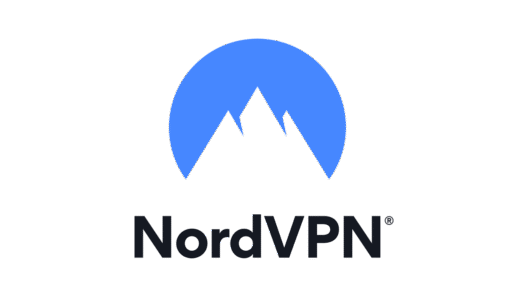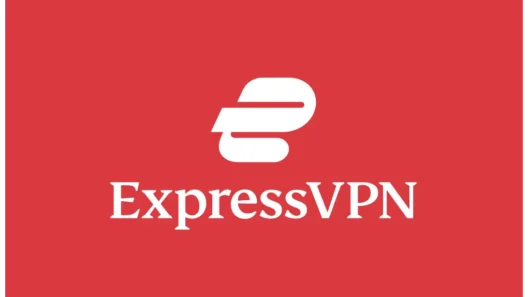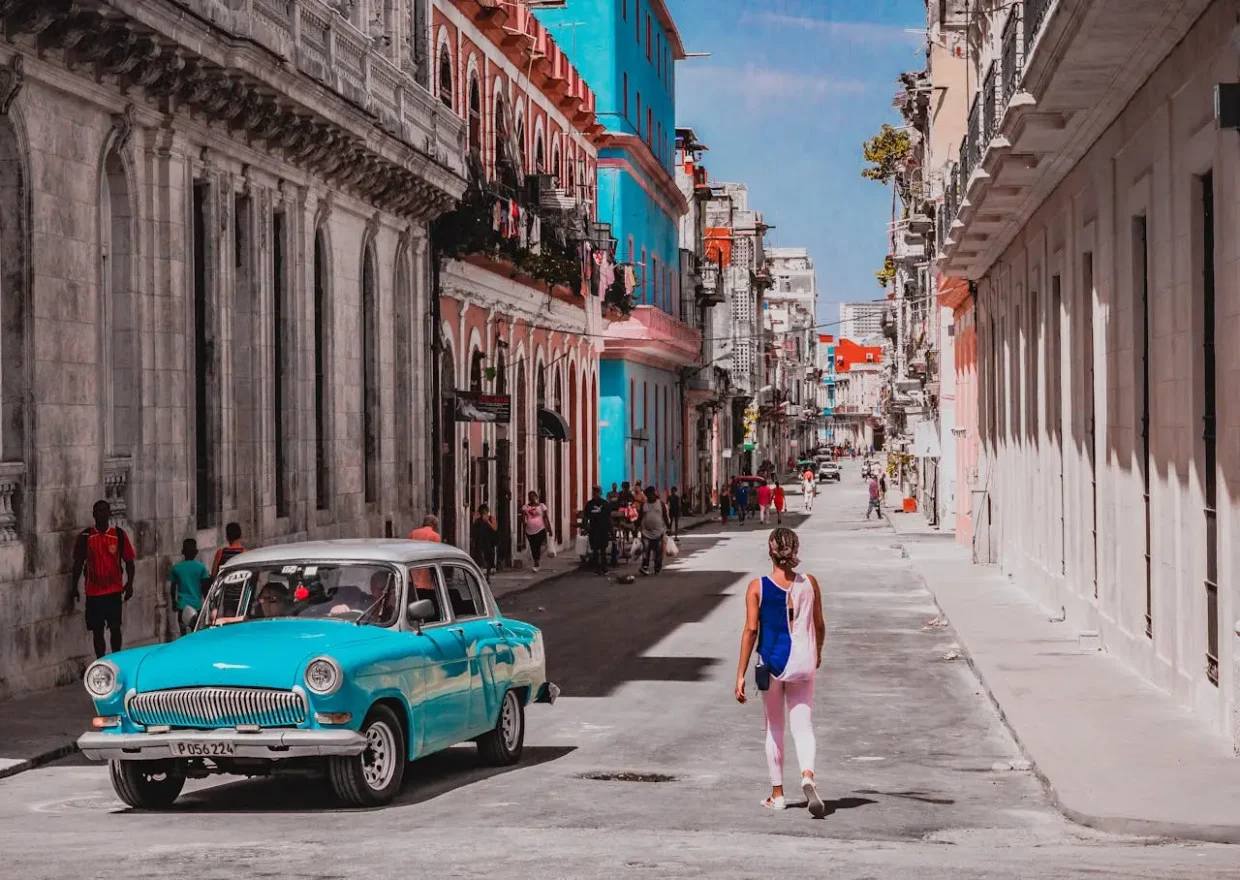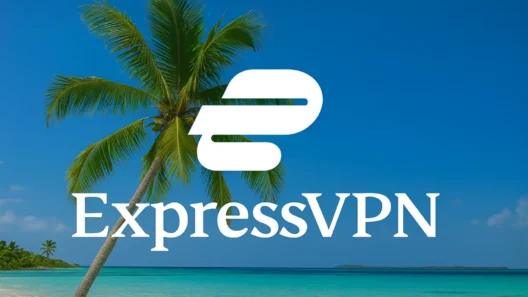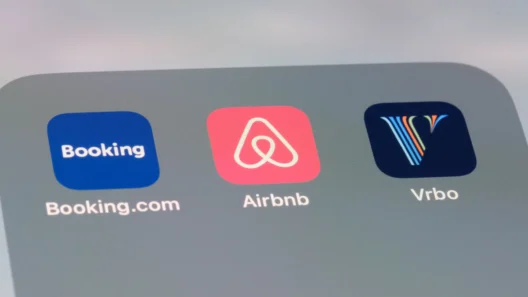You know that slightly panicky feeling when the Wi-Fi drops, Google Maps won’t load, and you suddenly realize you can’t even ask where the bathroom is in the local language? Welcome to Cuba. But here’s the thing: not having internet all the time isn’t the end of the world – in fact, it might just be the beginning of your real travel experience.
I spent a few weeks exploring Cuba with almost zero connection – and instead of feeling lost, I felt free. Offline became my superpower. With the right apps, smart prep, and a few scribbled notes, I managed to find my way, talk to locals, book rides, and even chill with offline playlists on a 6-hour bus ride across the island.
If you’re planning a trip to Cuba and wondering how to survive without 24/7 internet, this guide is everything you need. From offline maps to translators, transportation tips, VPNs, and travel hacks – it’s all here. So let’s unplug and dive in.
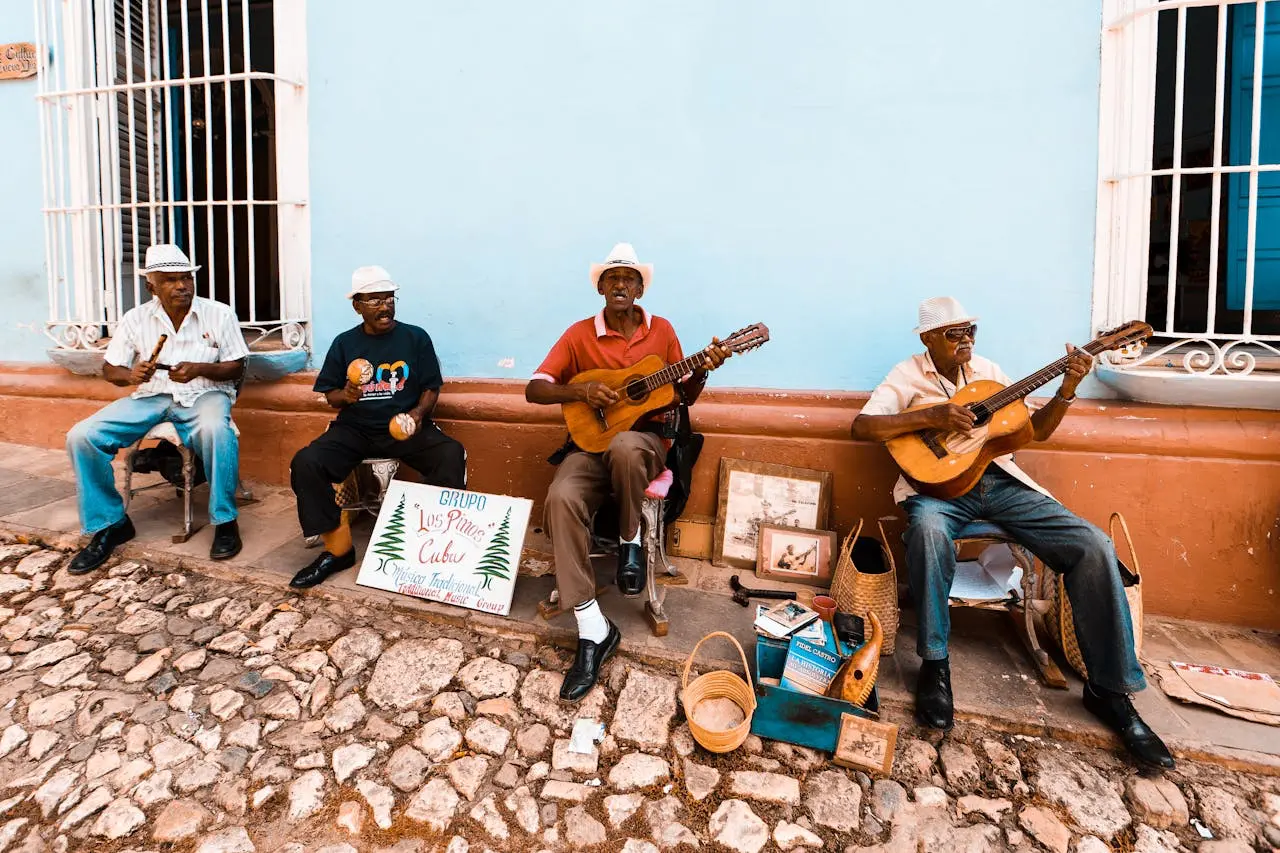
📍 Offline Maps That Actually Work in Cuba
Forget Google Maps. It’s… okay. But Cuba needs better. These offline map apps saved me multiple times – from big city walks to dirt roads in the countryside.
🗺 Organic Maps (my #1 pick)
This app is everything Google Maps isn’t: fast, private, and detailed. It works 100% offline, has zero ads, and no tracking. You can search for places, get hiking trails, walking routes, and even small street names in rural areas. It’s based on OpenStreetMap and was developed by the original team behind MAPS.ME (before that app went a bit… commercial).
Bonus: it’s completely free and super lightweight. Just download the Cuba map before your trip, and you’re good to go.
🗺 MAPS.ME (once amazing, now… okay)
MAPS.ME used to be the gold standard. It still works, and it’s loaded with points of interest – cafés, ATMs, casas particulares – but the newer versions are ad-heavy and track your data. If you don’t mind that, it’s still decent. I used it mostly for city navigation and saved pins for restaurants and landmarks.
🗺 OsmAnd (for the map nerds)
If you’re into detailed maps – like, down-to-the-meter detailed – OsmAnd is your friend. It shows terrain, hiking trails, water sources, viewpoints, gas stations… everything. The free version limits you to 7 map downloads, but you can upgrade for a few bucks. The learning curve is real, though – it took me a while to figure it all out.
🗺 HERE WeGo (great for drivers)
This one’s good if you’re renting a car in Cuba. It lets you download full country maps and use turn-by-turn driving directions offline. I didn’t use it much, but friends who drove loved it.
💡 Pro tip: Download at least two map apps before your trip. I used Organic Maps for walking, Mapy.cz for tourist trails, and HERE WeGo for road navigation. Backup matters when you’re offline.
🗣 Offline Translators That Actually Help You Talk to People
English is not widely spoken in Cuba – especially outside Havana – so unless you’re fluent in Spanish (I’m definitely not), you’ll need a solid translator.
🔤 Google Translate (the MVP)
Download the Spanish language pack before your flight and you’re all set. You can type phrases, have them read out loud, or scan a menu with the camera and get instant translations – all offline. I used it constantly for reading signs, asking questions, and even joking with locals. It’s not perfect, but it works.
🔤 iTranslate (Pro version only)
I paid for a one-month Pro subscription just for this trip, and it was worth every cent. Offline voice translation in 40+ languages, audio output, and a built-in phrasebook for travel situations. I even used it to have full-on conversations with taxi drivers.
🔤 Microsoft Translator (solid backup)
Completely free, works offline, and supports photo translation and text-to-speech. I liked it as a backup when Google Translate didn’t quite get the nuance right. Just remember to download the language packs in advance.
🔤 Bravolol Phrasebook (old-school but gold)
Sometimes you just want a phrasebook with clear categories like “ordering food” or “emergency.” This app has 1000+ phrases with native speaker audio. Tap, play, point – super handy.
💡 Tip: Save your top 20 most-used phrases in a notes app too – like “No tengo internet” and “¿Cuánto cuesta?” You’ll use them more than you think.
🚍 How to Get Around Cuba Without the Internet
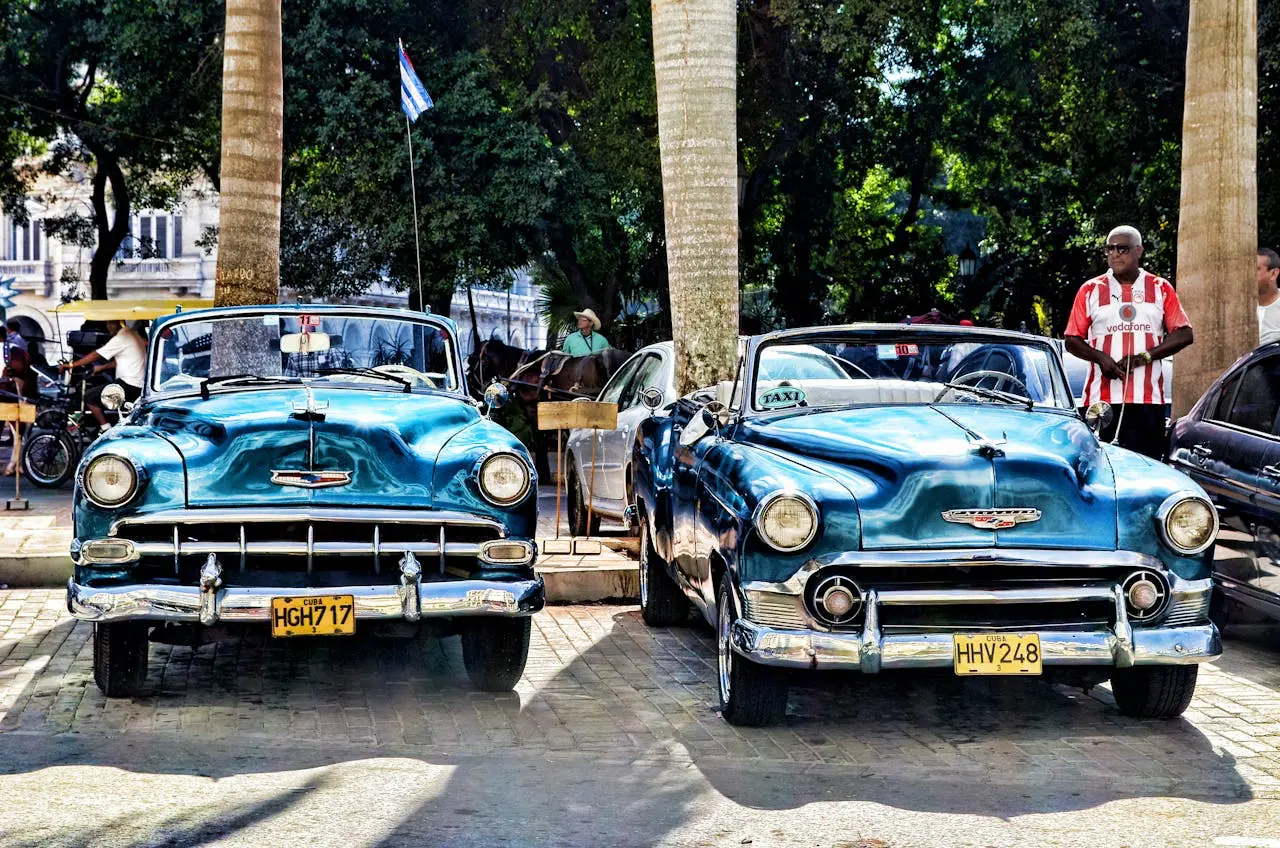
Transportation in Cuba doesn’t run on apps. No Uber, no real-time schedules, no TripPlanner. If you want to get from Havana to Viñales (or anywhere else), you’ll need to plan ahead. Here’s how I did it:
🚐 Viazul Bus
Cuba’s intercity bus system is the most tourist-friendly option. They run between major cities and are decently comfortable. Before your trip, check the Viazul website and screenshot or download the schedule for your route. You can also save PDFs or printouts. Offline, that’s gold.
🚕 Collectivo Taxis
Shared taxis that fill up and go. I booked mine through my casa host, who called a driver and negotiated the price. No app, no schedule, no website – it’s all word of mouth. Offline travel at its finest.
🚂 Trains (if you’re feeling adventurous)
Cuban trains are slow and unpredictable but definitely an experience. There’s a Cuban app called “Trenes,” but you’ll need to get it from local sources (not on App Store or Google Play). I relied on Seat61.com for train times and saved screenshots offline.
🚌 City Buses & Local Rides
In Havana, public buses exist but are super chaotic. There’s an offline app called HabanaTrans that shows local routes, but honestly, I walked or used classic cars (almendrones) most of the time. They’re charming and easy to flag down.
🏨 Booking Hotels in Cuba – Without Internet? Yep, It’s Possible
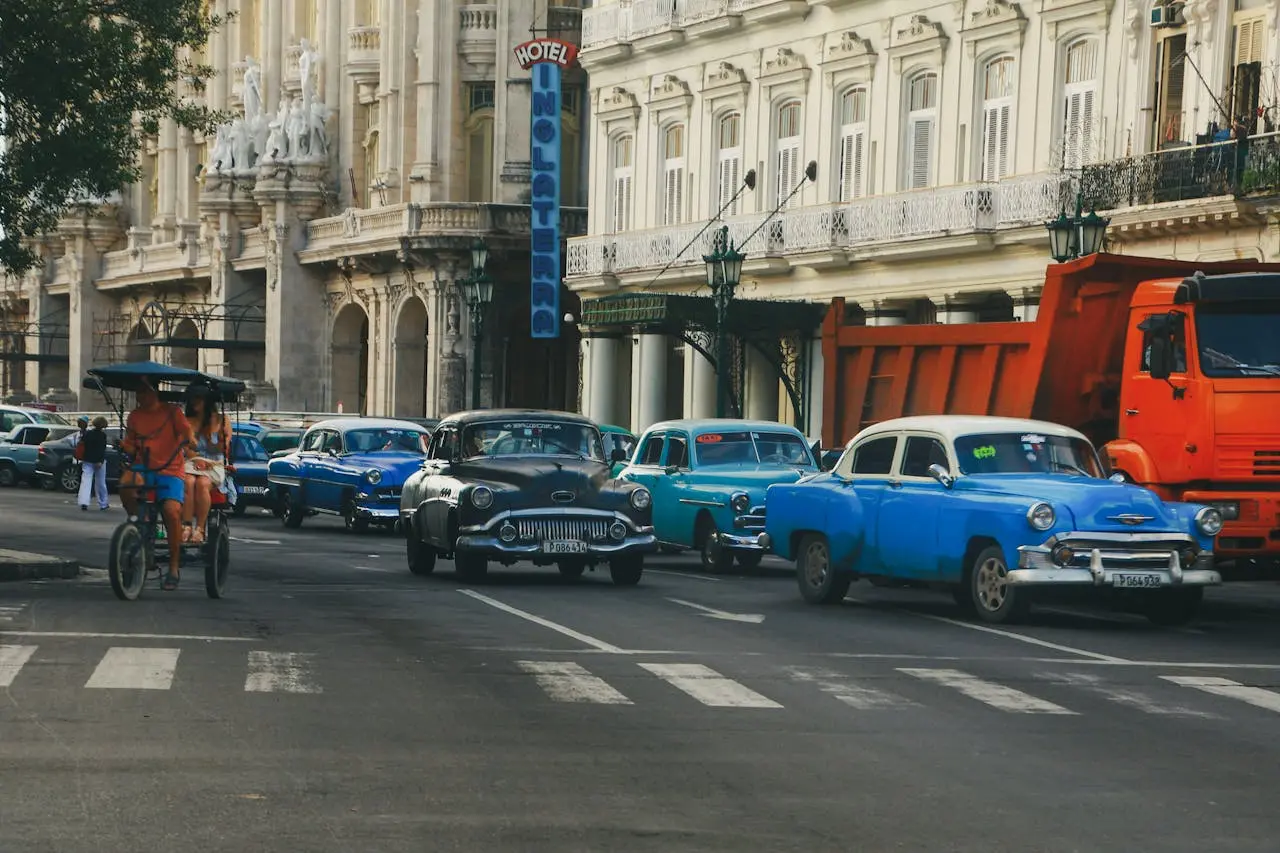
Here’s the deal: you can’t rely on stable Wi-Fi to book or even check your hotel reservation in Cuba. That’s why planning ahead is key – but also why I’m forever grateful for apps that let you keep everything offline.
🛏 Booking.com
Before your trip, book all your accommodation through Booking.com (or at least screenshot the listings you’re considering). I used the Booking app to save all my confirmations offline – addresses, names, contact info, even directions.
The best part? The app works in airplane mode once you’ve opened the reservation at least once. I also saved my reservation emails in Pocket and Notes as extra backups.
Tip: Many casa particulares (Cuba’s version of B&Bs) are listed on Booking. Look for ones with high ratings and strong reviews about communication. Some will WhatsApp you pre-arrival, so be sure to download that app too, just in case you catch a Wi-Fi zone.
🛏 Hotels.com & Expedia
Same principle. Book in advance, screenshot everything, and download the app. I personally liked Expedia for flights and Hotels.com for their reward system. Some casas are even listed there (surprisingly!). But again – once you’re in Cuba, you likely won’t be able to open their websites. Offline access is your safety net.
💡 Pro tip: I created a tiny “Cuba Travel” folder in my Notes app with addresses copied in Spanish. That way, I could show a taxi driver exactly where I was going, even if the app refused to load.
🔒 My Top 5 VPNs for Cuba (and Why You 100% Need One)
You might think a VPN is just for privacy freaks or remote workers. But in Cuba? It’s absolutely essential. Some websites and services are blocked, connections are often monitored, and Wi-Fi networks are shared and public. So yeah – you need a good VPN to stay safe, access what you need, and even book return flights.
Here are the five VPNs I trust and recommend, especially in places like Cuba:
🥇 1. ExpressVPN
My go-to when speed really matters. I used ExpressVPN to check emails, book tours, and access services that were geo-blocked. It’s fast, super reliable, and works even on spotty Cuban hotel Wi-Fi. Plus, it has one of the best mobile apps I’ve tested.
🥈 2. NordVPN
Runner-up only because Express edged it out on mobile usability for me. NordVPN has excellent global coverage, includes ad-blocking features, and can even bypass some streaming geo-blocks (if you’re lucky enough to get a good connection). Also great for desktop devices.
🥉 3. Surfshark
The best value, hands down. Unlimited devices, strong privacy features, and surprisingly good speeds even on weak connections. If you’re traveling with friends or family, you can all share one account.
🔐 4. ProtonVPN
Privacy-first, open-source, and with a free plan that actually works. I used ProtonVPN a few times when I needed a backup. The free version isn’t super fast, but it’s stable. The paid version adds way more power and speed.
🔐 5. CyberGhost
User-friendly and affordable with thousands of servers. I didn’t use it daily, but when I did, it connected quickly. The interface is beginner-friendly, and I liked the “choose server for streaming” option.
| My 5 Best VPN for Cuba | Offer + Discount | URL |
|---|---|---|
| NordVPN | 77% off + 3 months free | Try NordVPN |
| ExpressVPN | 61% off + 6 months free | Try ExpressVPN |
| SurfShark | 87% off + 2 months free | Try SurfShark |
| CyberGhost | 83% off + 2 months free | Try CyberGhost |
| PIA VPN | 82% off + 2 months free | Try PIA VPN |
💡 Always install and test your VPN before you travel. Some VPN websites are blocked in Cuba – you won’t be able to download them once you land.
📚 Offline Entertainment in Cuba: What to Watch, Read & Listen To
Let’s be real: there will be downtime. Whether it’s a 6-hour Viazul ride or a quiet night in your guesthouse, you’ll want something to do that doesn’t require the cloud.
📖 E-Books & Guides
Download all your books before your trip – Kindle, Apple Books, Google Play Books, whatever you use. I loaded up a few novels and a Lonely Planet Cuba guide and was all set. Some blog posts I loved? I saved them as PDFs or threw them into Pocket for offline reading.

🎧 Podcasts & Music
Spotify was my travel buddy – I downloaded Cuban music playlists and a few podcast episodes (hello, true crime junkies!). Just remember to check the “Download” toggle and set it to offline mode before leaving.
Other great options: Apple Podcasts, Pocket Casts, and YouTube Music – all support offline listening with subscriptions.
🎬 Netflix & Prime Video
Oh yes, offline Netflix is a thing – and it saved me on more than one travel day. I downloaded a mini library of documentaries and comedy specials. Just remember: some videos expire, so refresh them right before you leave.
🧠 Kiwix & Wikipedia Offline
For my fellow info nerds: download the Kiwix app and grab the offline version of Wikivoyage (the travel-focused Wikipedia). It’s like carrying a giant travel encyclopedia in your pocket. Seriously, I had entries on Cuban cities, culture, and history – all accessible without Wi-Fi.
🧭 Practical Tips for Surviving (and Thriving) Offline in Cuba
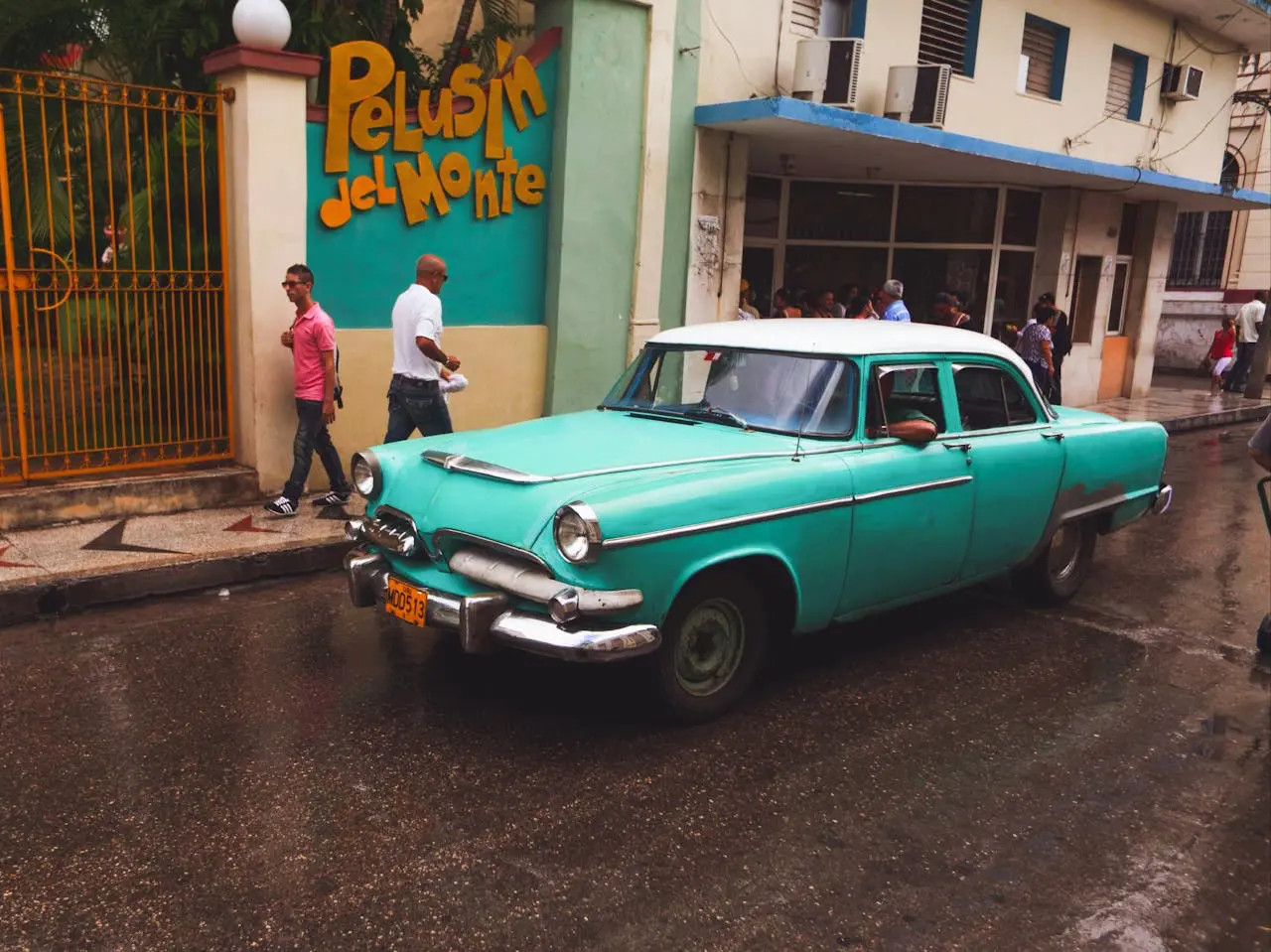
If you’ve made it this far, you’re already way ahead of the average traveler who lands in Havana expecting to find 4G on every street corner. Spoiler: they don’t. So here’s the real-life stuff that helped me keep it together, stay organized, and actually enjoy being disconnected.
📝 Always Have the Essentials Saved Offline
I can’t stress this enough. Before I left, I saved everything — and I mean everything — to my phone or on paper. Here’s what was in my digital (and analog) travel kit:
- PDFs of hotel bookings (from Booking, Hotels, Expedia)
- Screenshots of addresses (with Spanish names and directions)
- PDF of my travel insurance
- Copies of passport and tourist card (saved to my photo roll)
- Offline maps and schedules
- Bus and taxi info
- A short Spanish phrase cheat sheet
I even had a backup paper list in my backpack just in case my phone died or decided to misbehave. It sounds old-school, but it seriously paid off.
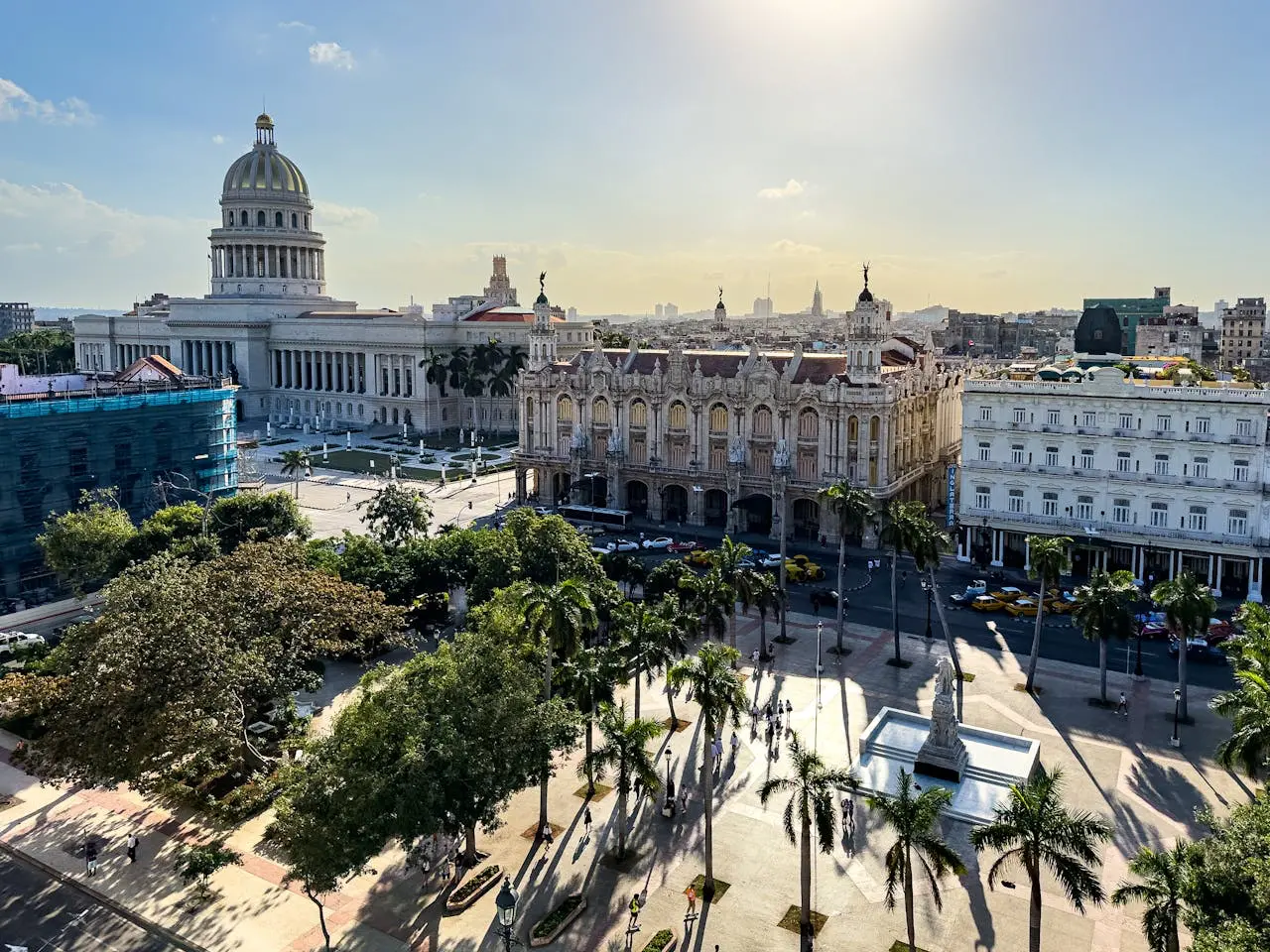
🔋 Power Bank = Your New Best Friend
Offline travel means your phone becomes your everything — map, translator, camera, guidebook. And that means you’ll burn through battery way faster than usual. I brought a 20,000 mAh power bank and I used it daily.
Don’t forget a universal power adapter. Cuba uses both 110V and 220V, and the outlets can vary depending on where you stay. Some casas had US-style plugs, others had European. I was glad I brought a universal one with USB ports.
💸 Money Tips for When You Can’t Use Your Banking App
Cuba is almost entirely a cash economy — and online banking? Forget it. Even if you’re not using a US-based card (which often doesn’t work at all), don’t count on checking balances or sending money via app.
Here’s what worked for me:
💶 Bring Cash in Euros or Canadian Dollars
Forget dollars – they’re a pain to exchange. I brought euros in small bills and exchanged them at recommended casas or via locals offering fair (and legal) rates. Forget airports or banks — ask your host or fellow travelers for the current informal rate.
📉 Know the Exchange Rate
Before I flew out, I checked the unofficial exchange rate (on sites like El Toque), then wrote it down. I used the XE Currency app offline, which kept the last updated rates so I could double-check prices without being connected.
💡 I also made myself a tiny cheat sheet: “1 EUR ≈ 27,50 CUP, 5 EUR ≈ 140 CUP” — super useful when shopping or negotiating.
💳 Don’t Rely on Cards
I kept one backup debit card hidden in my bag, but never actually used it. Most places didn’t accept them anyway. Cuba is a place where old-fashioned budgeting comes back into play: know how much you have, divide it across your travel days, and stick to it.
📡 Offline = More Freedom (And Fewer Notifications)
Here’s the part I didn’t expect: not being online 24/7 turned out to be… kinda magical. No Instagram scrolling at breakfast and emails. No news alerts. Just real life.
Instead of Googling restaurants, I asked locals or followed my nose. Instead of TripAdvisor, I checked which paladar had actual people inside. I wrote postcards, read books, had long conversations, and even journaled.
And when I did get online (once every couple of days), I used it intentionally. I synced my email, downloaded new podcasts, checked in with family, maybe refreshed some Google Translate phrases — then logged off again. Done.
💡 Tip: use that brief Wi-Fi time to update your VPN, sync offline apps, and grab weather forecasts. Think of the internet like water in a desert — use it wisely, and you’ll be fine.
🧠 What to Do When You Can’t Google It
Cuba taught me to ask more, assume less, and slow down. When I couldn’t look something up instantly, I got creative:
- I pointed at dishes in restaurants.
- Used gestures to communicate (pro tip: miming works wonders).
- I asked for directions using landmarks, not street names.
- I relied on people more than apps — and that human connection made all the difference.
Offline isn’t a downgrade. It’s a different way to travel — and honestly, a better one if you’re ready for it.
✅ What to Download Before You Leave (Your Cuba Survival Kit)
Before you board that flight, spend a solid hour prepping your phone. Trust me, once you’re in Cuba, you’ll be thanking your past self. Here’s what I had downloaded and ready to go:
📲 Essential Apps (all offline-capable):
- Organic Maps – for turn-by-turn navigation
- OsmAnd – for road trips and deep detail
- Google Translate – with Spanish language pack
- Pocket – saved blogs, guides, confirmation emails
- XE Currency – with offline exchange rates
- Kindle / Google Books – e-books and guides
- Spotify / Apple Podcasts – with music and episodes downloaded
- Netflix / Prime Video – a few movies and shows
- Booking.com, Hotels.com, Expedia – with all reservations saved
- VPN apps – install and test: ExpressVPN, Surfshark, NordVPN, ProtonVPN, CyberGhost
📁 Documents & Notes:
- PDF of your passport, visa/tourist card
- Travel insurance info
- Address of each accommodation in Spanish
- Notes on transportation schedules
- Contact numbers for casas, drivers, or tour agencies
- Emergency numbers and embassy contact
- Local currency cheat sheet
🔌 Gear You Should Definitely Pack:
- Power bank (at least 10,000 mAh, ideally more)
- Universal travel adapter
- Small notebook + pen
- Ziplock with printed documents
- Headphones for all your offline playlists and podcasts
✈️ Flights, Tours & Last-Minute Bookings (When Wi-Fi Is Scarce)
Booking anything once you’re in Cuba is a bit of a gamble. That’s why I made sure most of my logistics were handled in advance. But if you do need to book a tour or update your flight, here’s how I made it work:
- Use hotel Wi-Fi windows wisely: Every time I had access to Wi-Fi, I downloaded the latest info I needed — flight updates, restaurant ideas, weather forecasts.
- Have a trusted VPN active: I never opened Booking, Expedia, or airline sites without my VPN running. ExpressVPN was fastest for this in my experience.
- Offline contact options: Many casa owners have friends or cousins who offer tours or transport. Offline networking goes a long way here. I once booked a horseback tour by simply asking my host at breakfast.
🛡️ Extra Safety Tips (Especially If You’re Traveling Solo)
- Tell someone your rough route. I sent a basic itinerary to a friend before I left and updated them every few days when I could.
- Keep photocopies of ID in multiple places. One in your bag, one in your wallet, one in your notes app.
- Don’t rely on internet for emergencies. Write down emergency contacts and addresses, and know where the nearest clinic or hospital is.
- Trust your instincts. If something feels sketchy — a ride, a deal, a stranger — walk away. Cuba is safe, but common sense still applies.
🏝️ Final Thoughts: Why I’d Travel Offline in Cuba Again (And You Should Too)
Not having the internet in your pocket is a weird adjustment. But once you lean into it, Cuba becomes more than just a destination — it becomes a true adventure.
You stop multitasking. You stop doomscrolling. Y Stop checking reviews and start discovering things for yourself. You’ll meet people you never would’ve noticed. You’ll walk slower, look around more, and honestly… connect in ways we rarely do anymore.
So yes, get your tech ready. Download the maps, prep your translations, and pick your VPN. But then — put your phone away. Let the rhythm of Cuba take over.
I did it. You can too. And if you ask me? Offline is the new luxury.
Buen viaje. 🕊️

